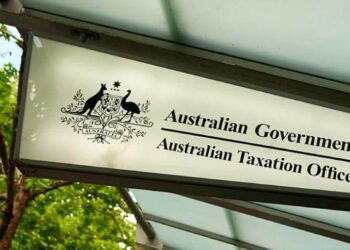In its annual Australian Investor Study, the ASX found that 40 per cent of the next generation and 28 per cent of wealth accumulators have expressed interest in setting up an SMSF within the next two years.
“While traditionally SMSFs have been the domain of experienced investors with higher fund balances, SMSFs could become more appealing to younger investors in the future, because they tend to provide greater control over the investors’ investments and retirement savings,” the report stated.
SMSFs remain a popular choice for investors who wish to take control of their retirement portfolios, with the study showing that about five per cent of the Australian population and 10 per cent of investors are investing through one.
SMSF investors have significantly higher portfolio balances compared to non-SMSF investors, at $1.77 million versus $463,000 on average, with a median of $1.04 million versus $132,000.
These investors also monitor their portfolios frequently, with 31 per cent checking them daily and 52 per cent monitoring them at least weekly which could imply they enjoy the investing process or wish to maintain control over their investments.
The report continued that the top considerations of SMSF investors are the opportunity to gain strong returns (49 per cent), the potential risk of investment (39 per cent), and aligning their investments with their circumstances (31 per cent).
SMSF investors are more likely to invest for diversification than non-SMSF investors (25 per cent versus 16 per cent) and they are also more likely to base their decisions on professional advice (19 per cent) than their non-SMSF investing counterparts (12 per cent).
ASX found that SMSF investors overwhelmingly favour Australian shares (73 per cent), followed by residential investment property (41 per cent), term deposits (32 per cent) and ETFs (27 per cent).
Points of differentiation from non-SMSF investors include a higher level of investment in listed investment companies (LICs), REITs and commercial property.
“These product types may be attractive for SMSF owners because of their potential tax advantages or because they may provide a regular and stable income stream compared with other investment products,” the report stated.
“SMSFs are also less likely to invest in cryptocurrency (12 per cent) than non-SMSF investors, possibly due to the higher risk level or the associated compliance burden.”
SMSF investors who traded any investment products in the past year focused on Australian shares (74 per cent), as well as ETFs (28 per cent), international shares (18 per cent) and REITs (14 per cent) at significantly higher levels than in 2020.
Investing in term deposits via SMSFs has, however, reduced from 27 per cent in 2020, to 18 per cent in 2023.
According to the report, high-value investors share some similarities with SMSF investors, but they also have distinct differences. On average, HVIs have been investing for 6.5 years, with 46 per cent having invested for more than 10 years. This has allowed them to amass sizeable portfolios.
While over 70 per cent of HVIs hold their assets in their name or with a partner, they also make greater use of SMSFs, company structures and family trusts than non-HVIs, most likely for the tax advantages they offer.


